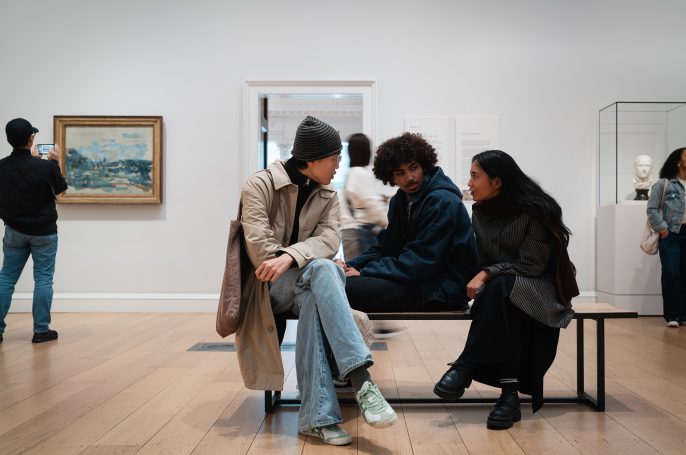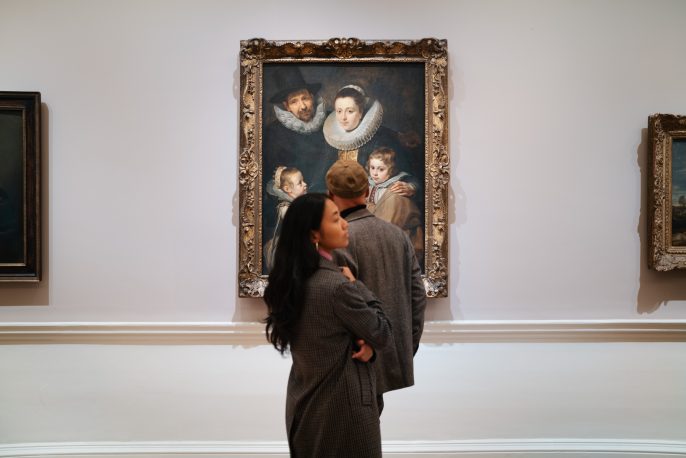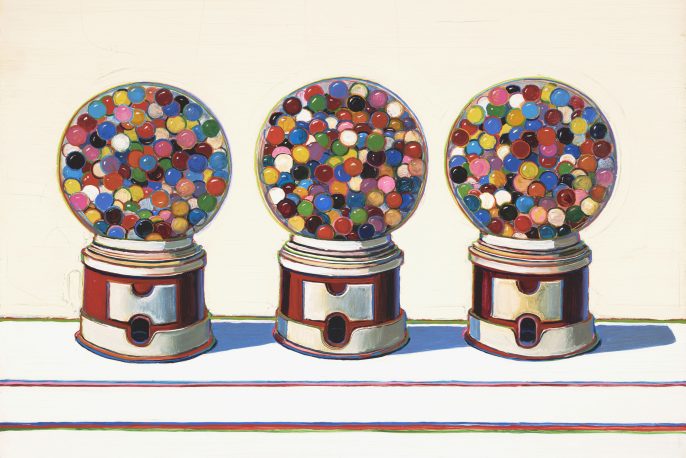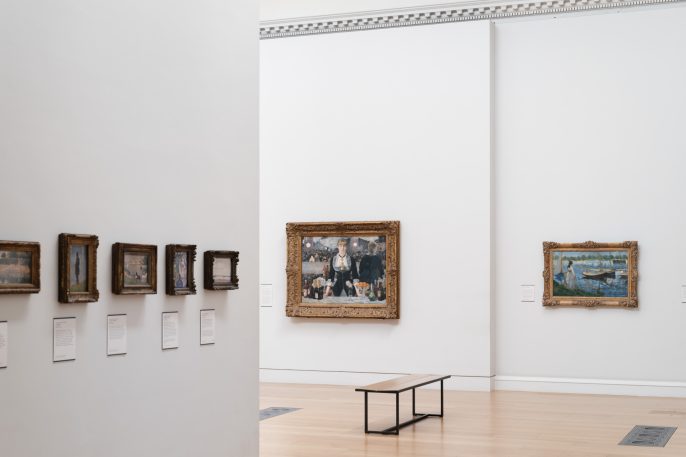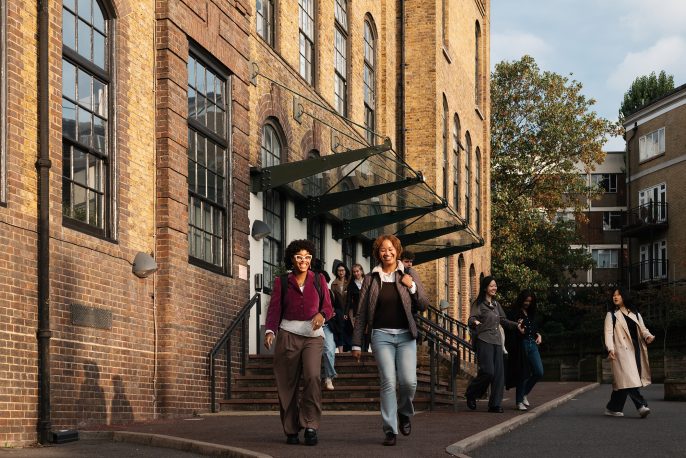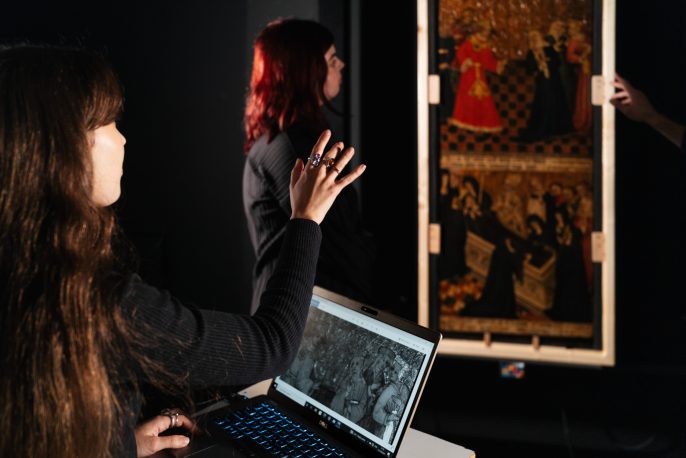Organised by
- Joost Joustra – The Courtauld Institute of Art
- Lydia Hansell – The Courtauld Institute of Art
In recent years, the artistic commissions of ecclesiastic and lay patrons – both individual and collective – have been a fruitful area of scholarship. Research addressing issues of sacred space, devotional practice, and the materiality of extant objects has generated new insights into the artistic provisions made for patronal commemoration and salvation. Often, however, the interests of lay and ecclesiastical patrons have been considered separately, with a lesser focus on how the differences in their status mediated a shared pursuit of commemoration in death. Clerical patronage of art in Renaissance Europe allowed for an expression of political identity and dynastic power during life, but how did their status and role in society affect their choices for the afterlife? Were ecclesiastical patrons more acutely aware of a pressing need to make provision for their personal salvation than their lay counterparts? If so, was this reflected when commissioning commemorative or devotional art? Was the desire to secure a wider intercessory audience expressed more consciously or emphatically in the art of the clergy?
This conference seeks to shed light on the ways in which ecclesiastical patrons utilised devotional and commemorative art. Was there a dialogue between their individual selves and the institutions in which they chose to locate their foundations? Crucially, how do these foundations comment on ecclesiastical life and afterlife? By examining a category of patrons that was highly aware of devotional and commemorative practice, this conference seeks to gain a better understanding of art commissioned for churches by those appointed to participate in and lead them.
